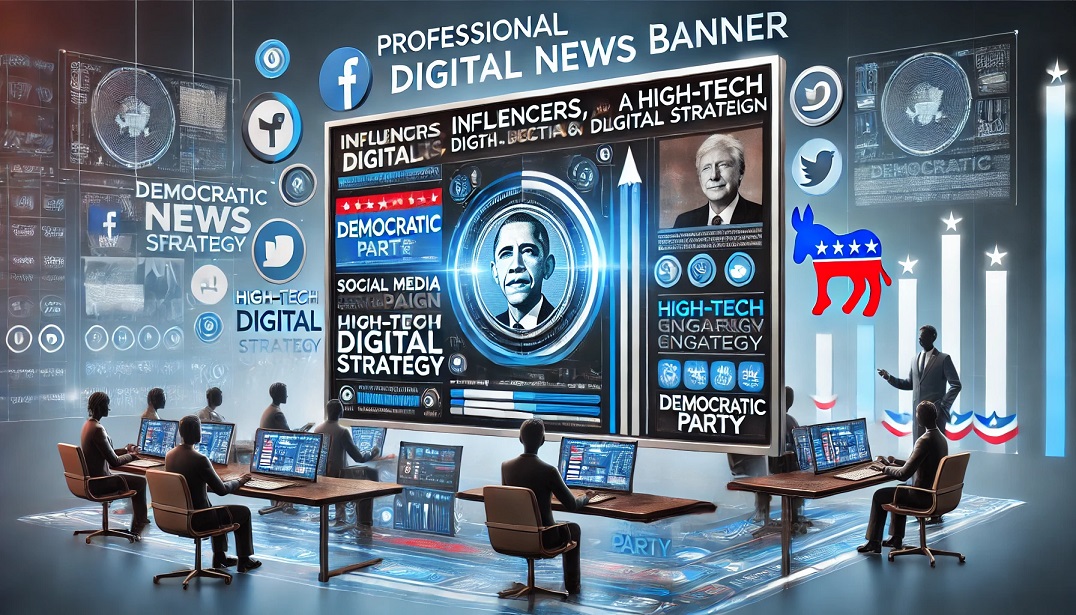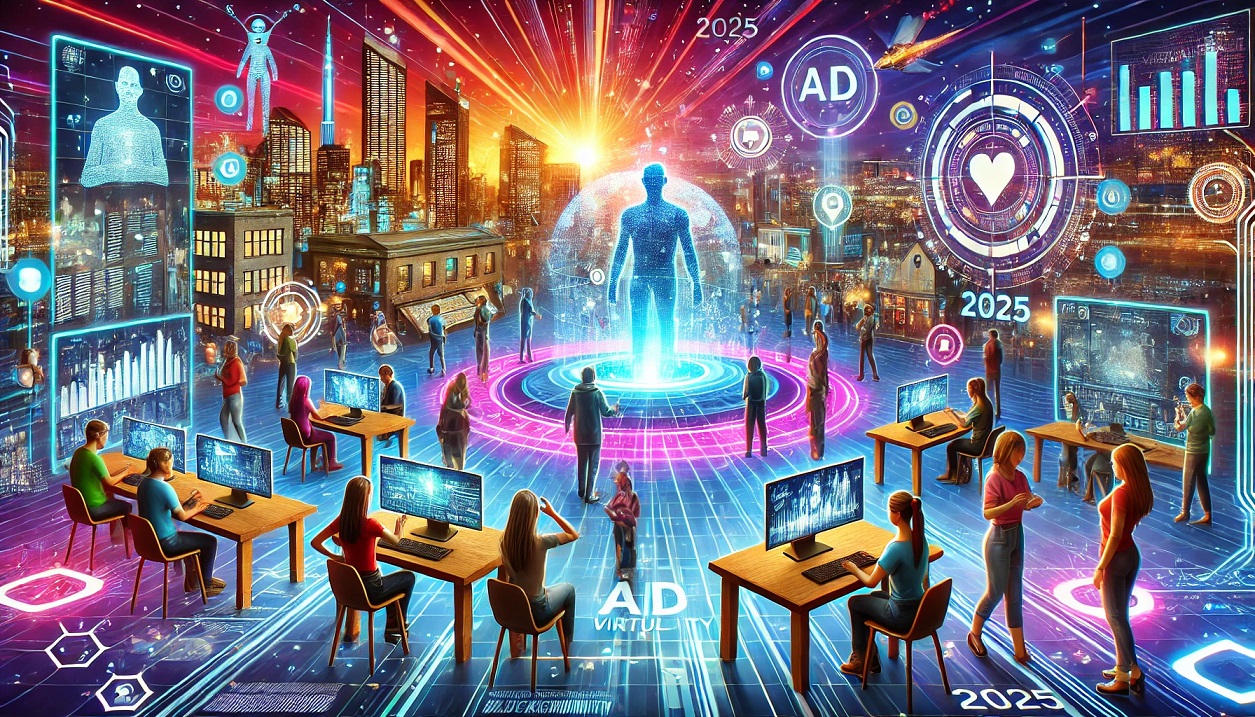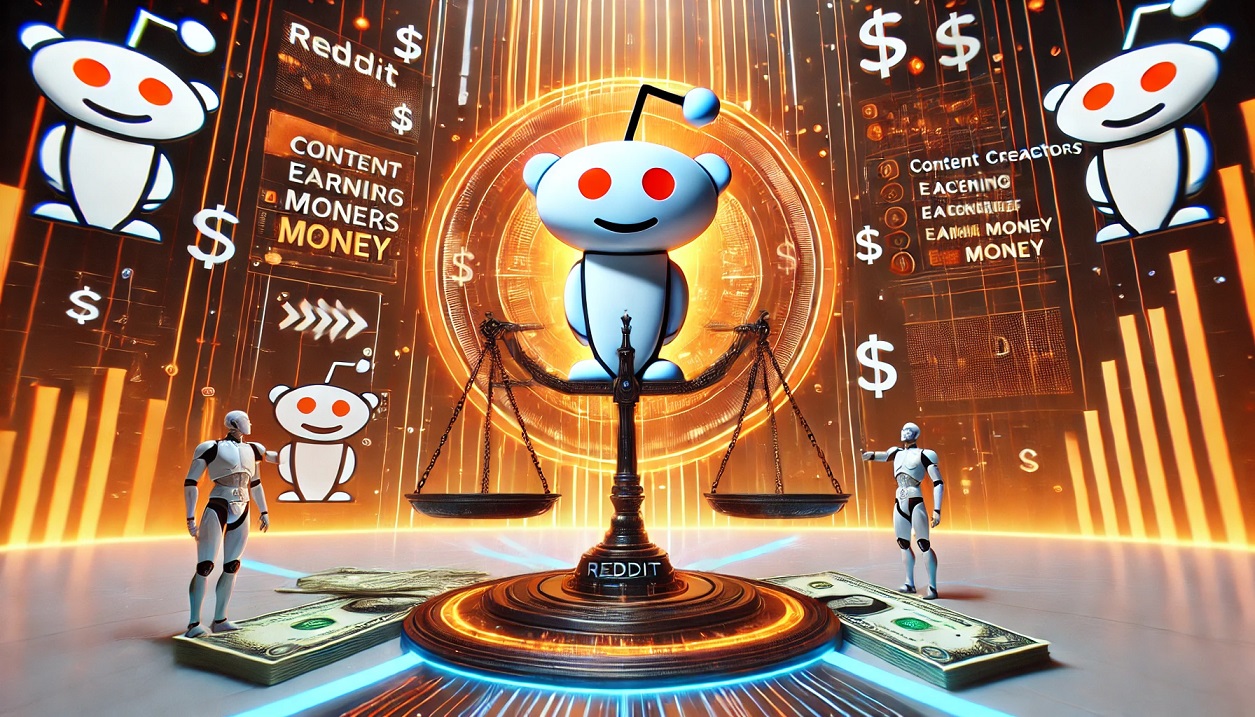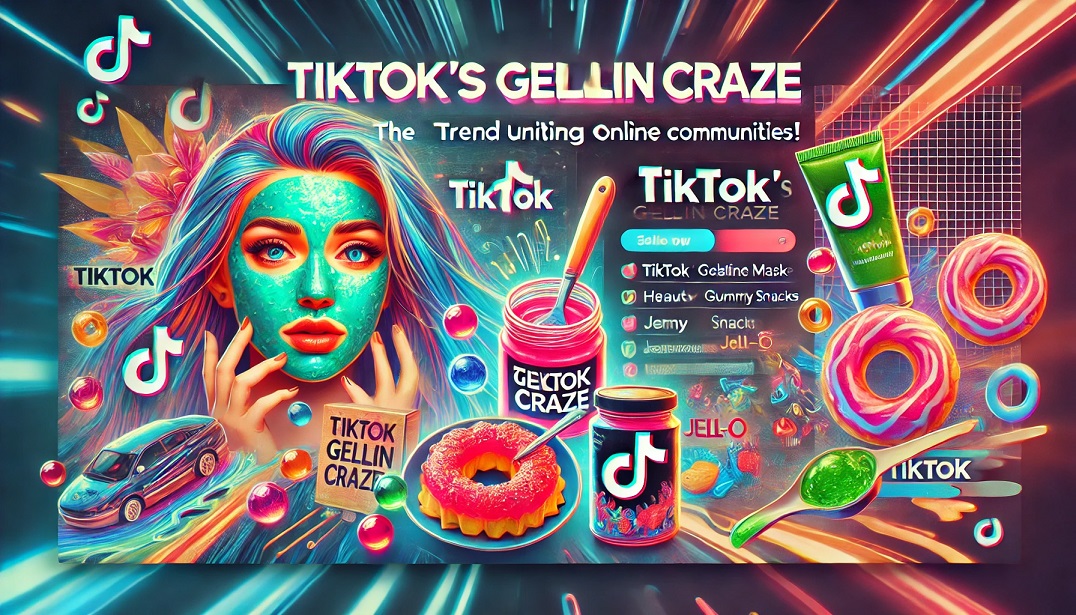The Democratic Party's recent initiative to engage with online influencers and content creators has led to a surge in digital content, achieving significant online traction. However, this strategy has also attracted criticism and ridicule from both supporters and opponents, raising questions about its effectiveness and authenticity.
Read The Washington Times+4
In an era where digital presence often dictates public perception, the Democratic Party has embarked on a bold journey to modernize its communication strategy. By collaborating with online influencers and content creators, Democrats aim to amplify their message and connect with a broader, tech-savvy audience. This initiative has led to a noticeable increase in online engagement, but it has also opened the door to criticism and satire from various quarters
The Core Components of the Democrats' Digital Strategy
1. Collaborating with Online Influencers
- Strategic Partnerships: Democratic lawmakers have been actively engaging with popular online figures, including YouTubers, podcasters, and social media personalities, to disseminate their messages more effectively.
- Authentic Messaging: By leveraging the established trust and reach of these influencers, Democrats hope to present their policies in a more relatable and accessible manner.
2. Producing Engaging Digital Content
- Direct-to-Camera Explainers: Lawmakers are creating short videos where they address key issues directly to the public, aiming for clarity and transparency.
- Scripted Vertical Videos: Optimized for platforms like TikTok and Instagram Reels, these videos seek to capture the attention of younger audiences through concise and visually appealing content.
- Podcast Appearances and Livestreams: By participating in long-form discussions and real-time interactions, Democrats aim to delve deeper into policy discussions and engage with constituents' questions and concerns.
3. Hosting Educational Workshops
- Training Lawmakers: Sessions have been organized to educate Democratic senators and representatives on effective digital communication techniques, ensuring they can navigate the online landscape proficiently.
- Engaging Content Creators: Workshops and meetings with content creators have been held to brainstorm collaborative ideas and ensure that the messaging aligns with the values and interests of diverse online communities.
Benefits of the Digital Strategy
1. Enhanced Reach and Engagement
- Broader Audience: By tapping into the follower bases of various influencers, Democrats can reach demographics that might not engage with traditional political content.
- Increased Interaction: The interactive nature of digital platforms allows for real-time feedback, fostering a two-way communication channel between lawmakers and citizens.
2. Modernized Image
- Appealing to Younger Voters: A robust online presence can make the party more relatable to younger generations who consume information primarily through digital means.
- Demonstrating Adaptability: Embracing modern communication methods showcases the party's willingness to evolve and adapt to contemporary societal shifts.
Drawbacks and Criticisms
1. Perceived Inauthenticity
- Forced Engagements: Some collaborations have been labeled as superficial, with critics arguing that they come off as pandering rather than genuine engagement.
- Scripted Interactions: Overly polished content can be perceived as lacking sincerity, diminishing its impact.
2. Alienation of Traditional Supporters
- Neglecting Conventional Media: A heavy focus on digital platforms might alienate older constituents who rely on traditional media for information.
- Shifting Priorities: Long-time supporters may feel sidelined if they perceive the party as catering too heavily to online audiences at the expense of core issues.
3. Vulnerability to Public Scrutiny
- Open Critique: The public nature of social media means that any missteps are highly visible and can be quickly amplified.
- Satirical Responses: Attempts at digital engagement have, at times, been met with mockery, potentially undermining the intended message.
Case Studies: Successes and Failures
Success Story: The Viral Climate Change Campaign
- Collaboration: Partnering with a popular environmental activist on TikTok, Democrats launched a campaign highlighting climate change initiatives.
- Outcome: The campaign garnered millions of views, sparked widespread discussion, and led to increased youth involvement in environmental advocacy.
Failure Story: The Misguided Meme Attempt
- Scenario: An attempt by a senior lawmaker to engage with meme culture resulted in a post that was widely ridiculed for being out of touch.
- Outcome: The post became a subject of satire, highlighting the risks of engaging in digital trends without proper understanding.
News Highlight: Mixed Reactions to the Digital Push
Recent reports indicate that while the Democratic Party's digital strategy has led to increased online visibility, it has also faced criticism from both allies and opponents. Some argue that the approach appears contrived and lacks genuine connection with the audience, while others believe it is a necessary evolution in political communication. AP News
Conclusion: Navigating the Digital Frontier
The Democratic Party's foray into digital engagement represents a significant shift in political communication strategies. While the move offers opportunities to connect with a broader audience and modernize the party's image, it also presents challenges related to authenticity and potential alienation of traditional supporters. As the digital landscape continues to evolve, finding a balance between innovative outreach and genuine connection will be crucial for political entities aiming to resonate with an increasingly online populace.

















Comments 0